Last week, Blackmagic Design announced the Pocket Cinema Camera 6K Pro, which is defined as hybridization between the Pocket and the URSA. In my opinion, this was a risky announcement, since the new Pocket holds some solid specs that can lead to the cannibalization of the URSA G2. Why? Explore the comparison below.
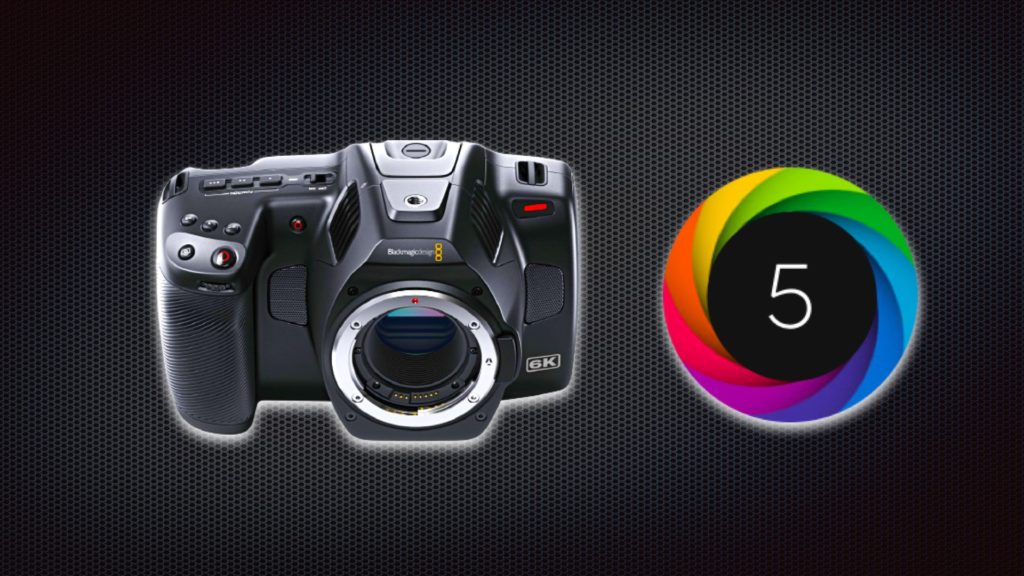
BMPCC 6K Pro: Blackmagic’s little beast
The Blackmagic Design Pocket Cinema Camera 6K Pro is a pretty impressive piece of gear that includes many powerful goodies for filmmakers. The main weapon is the Gen 5 color science which produces BRAW imagery for a professional color grading process, which is the bread and butter of Blackmagic Design. Moreover, the BMPCC 6K Pro holds a striking spec list that gives a fight to the more high-end BM camera models, and I’m talking about the URSA Pro G2.
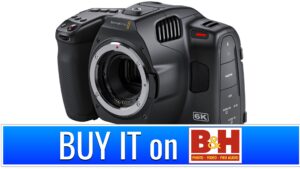
Cannibalization of G2 is possible
When comparing the specs between those two modes (G2 and Pocket Pro), the Pocket Pro wins, assuming that the picture quality is the same. You might be getting more on the URSA, but when bringing the price in the equation, the Pocket seems to be a significantly smarter purchase. Check out the slide below, which demonstrates a “dry” spec comparison. The discussion is underneath.
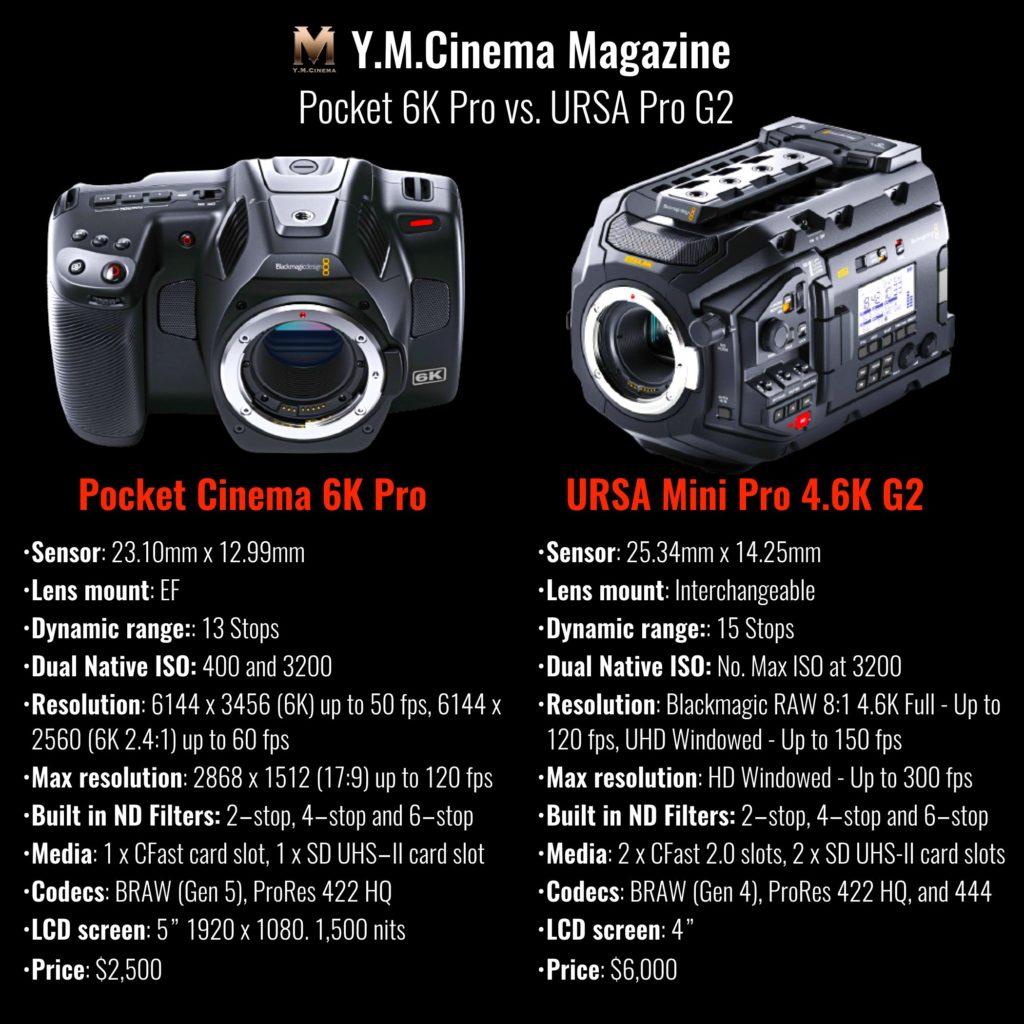
Discussion
In some parameters, the Pocket takes the lead, in others, the stage is preserved to the URSA. The URSA will give you more HFR (High Frame Rates), so if you’re shooing slow motions, go with the G2. Also, the sensor size in the G2 is slightly larger, nevertheless, both of the models own a Super 35 sensor. Furthermore, in the G2 you’ll have the privilege of using PL lenses which can be essential in high-end productions. Finally, the G2 is Netflix approved. None of the Pocket models are approved by Netflix. As for the Pocket, there are major advantages as well, like the LCD screen (1,500 nits), dual ISO, and Gen 5 color science. Indeed, one of the pros of the Pocket 6K Pro is the utilization of the color science behind the flagship URSA Mini Pro 12K. Gen 5 allows a new film curve that is flatter and allows higher dynamic range and further color processing in post. Calculating all that, and adding the price into the equation, leads to a big win for the Pocket 6K Pro.
Is there a reason to buy the URSA Pro G2 anymore? Comment below.

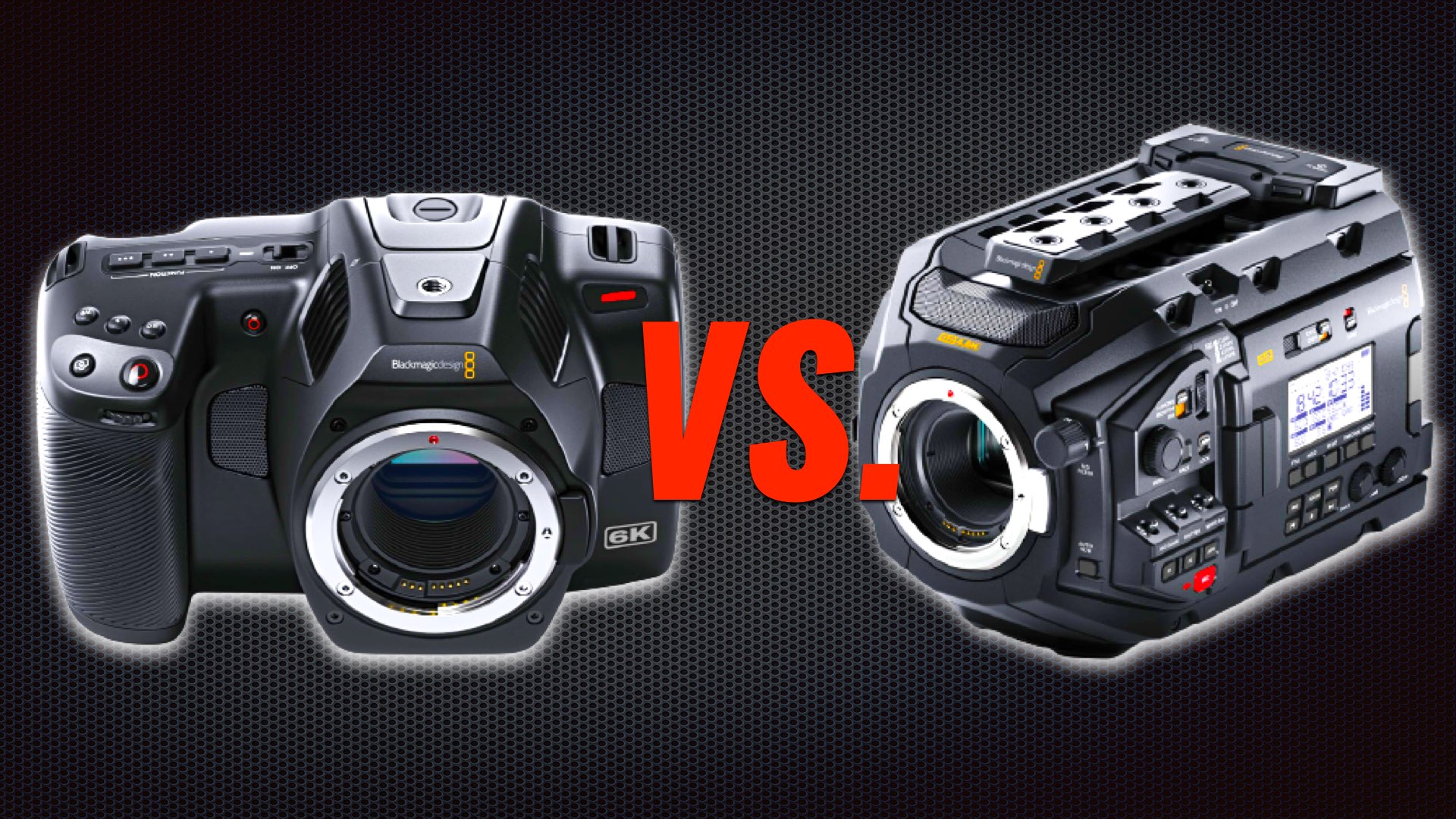
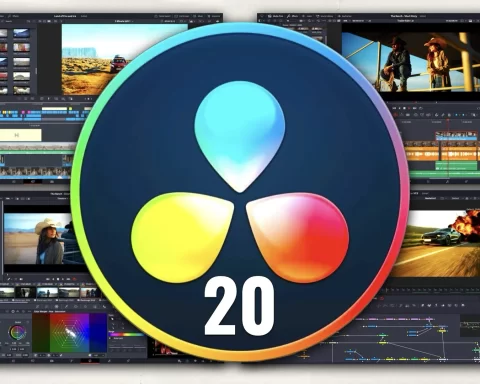
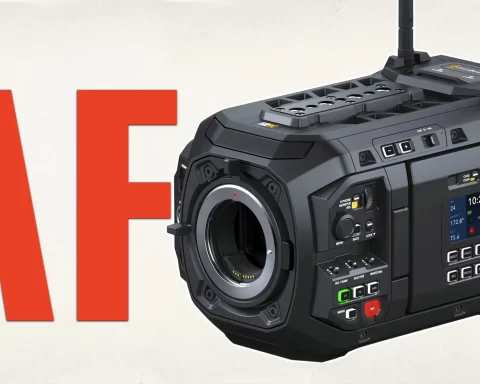
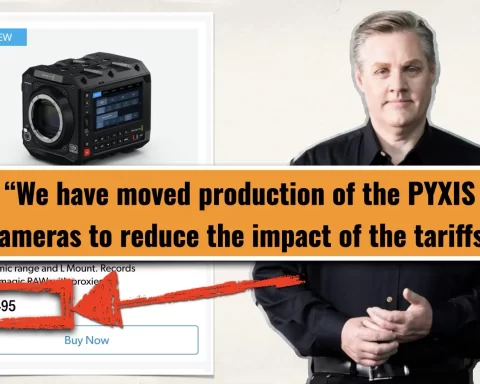
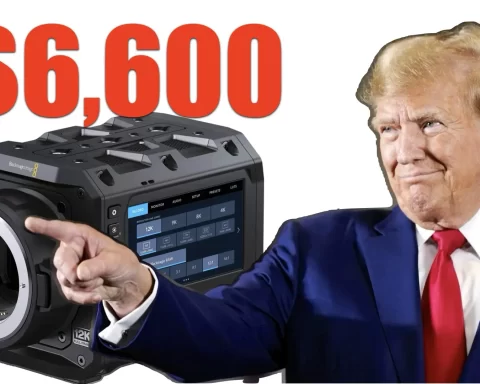
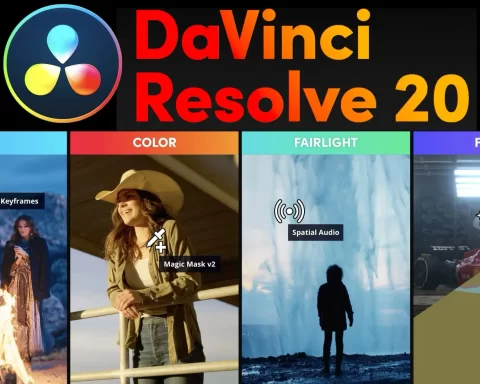
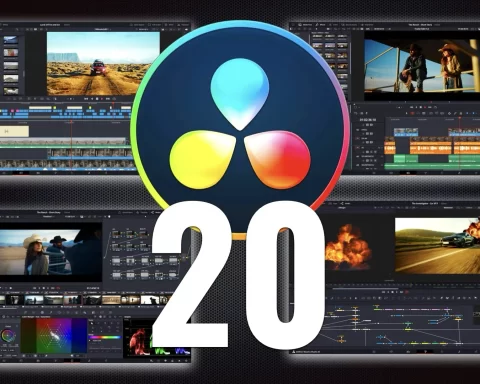

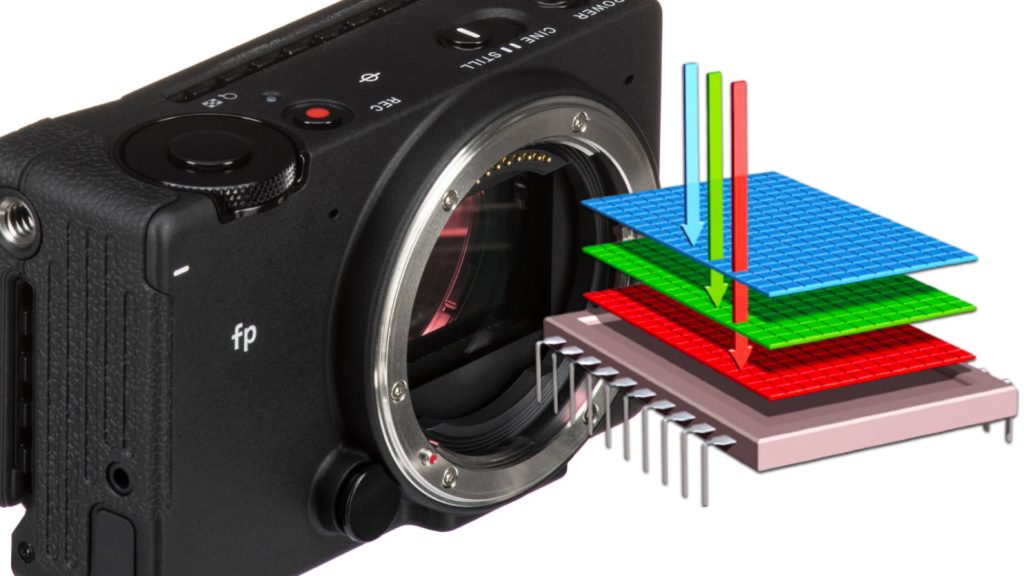
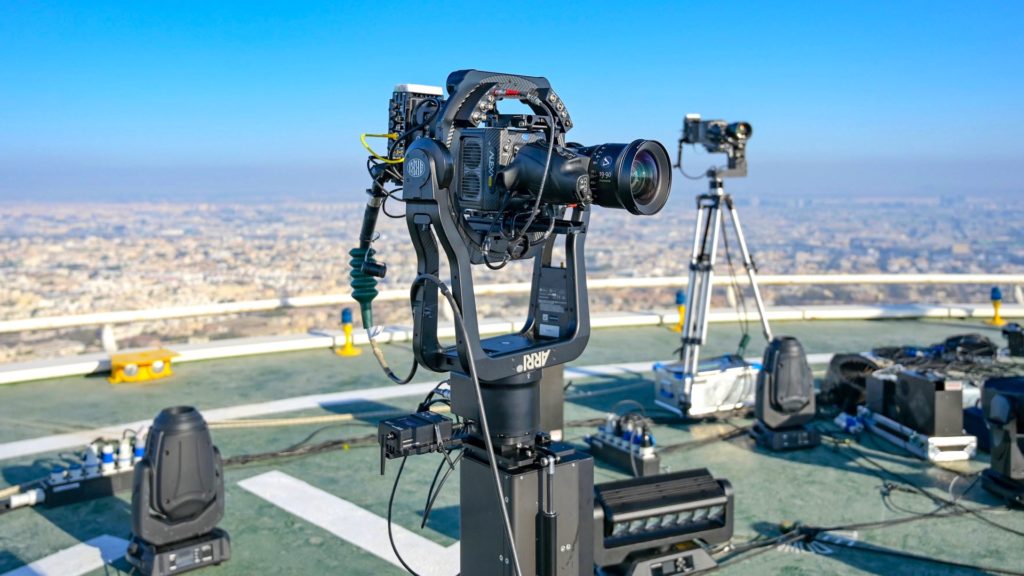

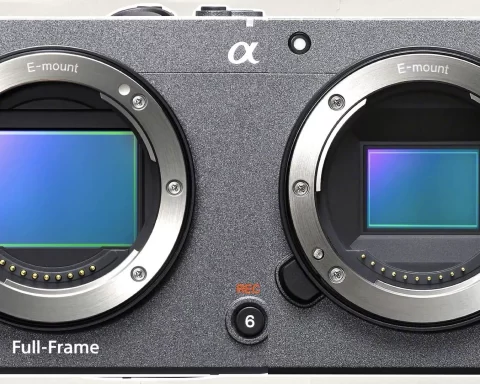
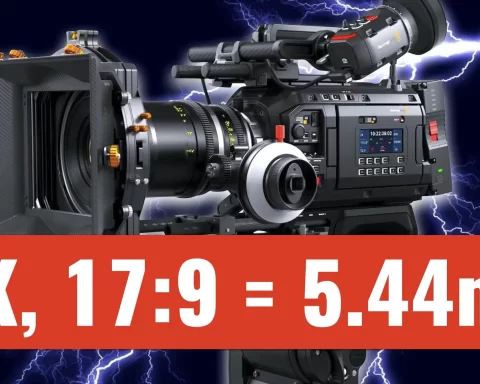
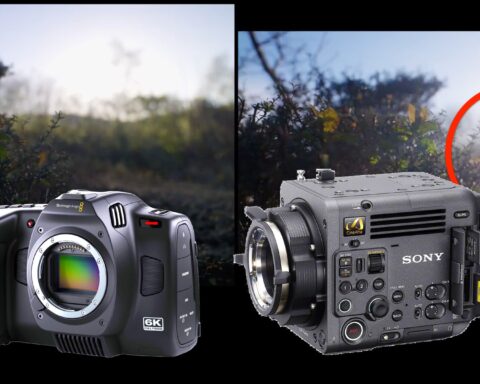
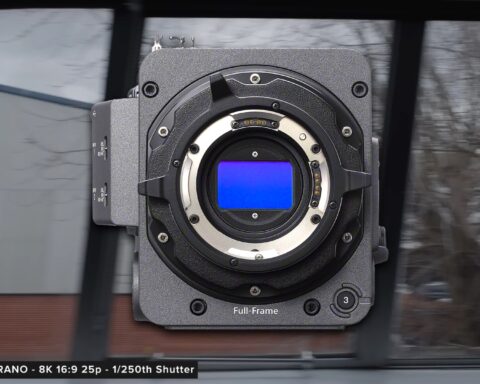

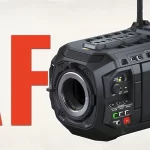
Both great cameras. G2 has an incredible low rolling shutter, super high frame rates, 2 x sdi and better DR. Gen 5 is also available if you shoot BRAW and do post in Resolve.
Yeah, but the price…. the price makes the Pocket 6K Pro a winner.
Both cameras are cheap. The features mentioned above are gold, and make the G2 a far more usable professional camera in many scenarios IMO. I have a speedbooster in my URSA G2, and that makes the base iso effectively 1600 and has the courage and DOF of full frame, and it appears that the pocket won’t have the room to install this. If it did, the pocket pro would be a perfect b-cam/ lightweight option for the G2.
If the put full frame sensor to the pocket there would be risk. I think they’re both great devices but prosumers will choose the latest one.
I have the 4k, 6k and G2…The 6K image is good, but the G2’s larger sensor with smaller pixels gives a better image quality (also pro res 4444). Not factoring features, the image quality has more of a Arri look on the G2.
The G2 is a real pro camera: sdi, Genlock , external EvF better formfactor, better image sensor, better dynamic range, lens mount, time code, side real button!
The 6K “pro” is a very impressive and capable reporter camera (is absolutely not a cinema camera because is missing too many feature that are essential in cinema workflow) arguably the best image quality/price ratio in the market, but on a professional workflow is pain on the b.t.
For a crash cam the 6K is good enough and slight cheaper.
Meh. There are no rules, because there isn’t just one production out there.
Go with what pleases you. The image between all these cams is damn near indentical and that’s what actually matters at the end of the day.
Let’s not get too crazy with the spec sheet sauce. It’s a bit anal retentive.
Well, no, all these features do matter and have a cost. If final image is all that matter for you, then the URSA isn’t for you. But if you need Timecode? Genlock for LIVE events? A director’s monitor? Then it’s a total win for URSA.
If you add the possibility to shoot prores 4444, super useful for greenscreen work –very likely the reason why it’s netflix approved, then URSA makes a lot kf sense.
I’d like an PL mount converter for the 6K pro. With this I’d say it’s on par with the G2. I speak purely from a rental house perspective
Ursa has a way better image. This article is a bit misleading. On paper they might seem similar. But I just shot a film that used both cameras and I’d say the Ursa is easily twice the quality of image. At once sharper and smoother, and way more gradable. I would say you get what you pay for with these two models. 6k pro is good. Ursa Mini G2 is GREAT.
I couldn’t agree with this less. I’ve got to swing this back to reality land over here.
The images these cameras produce are absolutely comparable, with the G2 having slightly more DR. Unless you’re pushing the range you’re likely not going to notice that difference. Some ppl don’t know what they’re doing in the grade and then blame the camera for their inability to handle or be mindful controlling/retaining roll off.
The ACTUAL differences are obviously the price point and the more streamline workflow of the G2, IF you’re working on a full set with a larger crew and need all the peripherals that the G2 offers over the 6K. That’s a big IF as not all shoots require this.
We just shot a commercial for Microsoft on our 4k and 6k pro and the client, who is used to getting things made on the Alexa was not complaining with the images we captured. In fact they thought we shot it on Alexa, their words, not ours. I think that speaks for itself.
Yes we could have used some SDI ports but we got by just fine, we jammed timecode, everything went perfectly fine. Decent size crew. The lighter setups really allowed us to work through a blazing fast schedule.
BTW my main role is editor/colorist. You can push all BMD cams pretty far in the grade because of that high Mbps 12bit log/16bit linear image. That’s the actual reason that matters the most.
Obviously, if a operator blows out the highlights in camera, which can be achieved on ANY camera including film then that’s all she wrote. Nothing is coming back from that. This is completely user error. All cameras have a range and limit. An operator should understand these limits and mitigate them accordingly.
You have SLIGHTLY more latitude in range on the G2. Not sure that slight difference justifies a more expensive system for some people. They might find the extras of the G2 a waste of dollars as they won’t end up utilizing all of it’s features.
This article is absolutely relevant for ppl that would be interested in a smaller frontprint but still in search of that BMD look and latitude, at a lower price point.
Has the Pocket series “cannibalized” sales of the G2? I think only BMD knows this internally, but on that point who’s problem is that, and why should consumers care as long as BMD is offering them something that suits their needs?
I’d wager all their cams target a specific niche in workflow, which sounds very logical for a company that does mostly logical things, like logically price their cameras at a reasonable price, giving power and agency to the indie filmmaker, and cameras that leverage their world class software as they believe it should be leveraged.
Exaggeration is misleading.